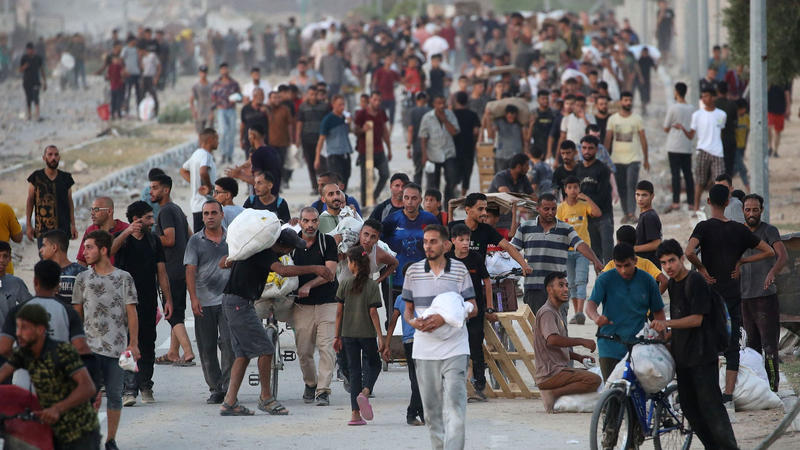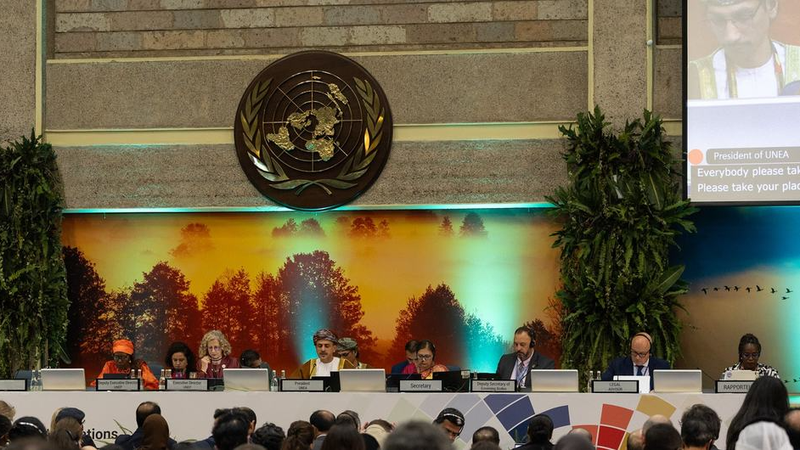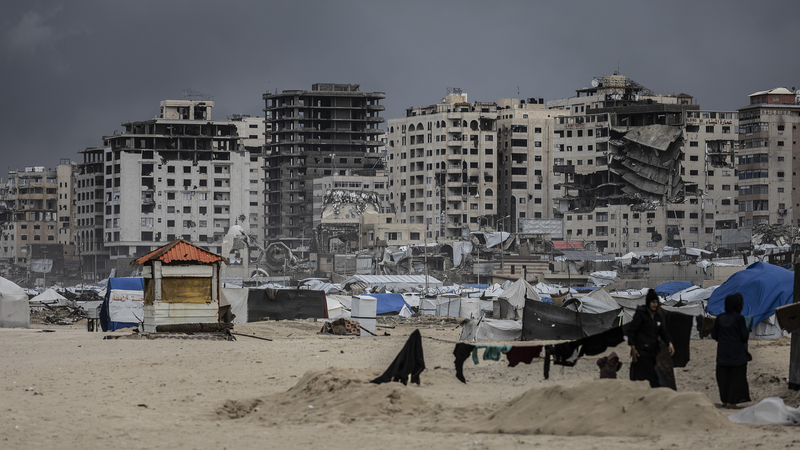In a whirlwind of challenges, hope for peace in the Middle East is fading fast. Ongoing hostilities in Gaza, stalled nuclear talks with Iran, and escalating violence in Syria are combining to create a deeply unstable situation. 😟
In Doha, negotiators have been working on a 60‑day truce that includes phased hostage releases, Israeli troop withdrawals, and a framework for ending hostilities. However, key disagreements remain – with Hamas insisting that any interim step should lead to a permanent ceasefire, while Israeli hardliners demand full disarmament of Hamas and total military victory.
Meanwhile, diplomatic efforts around Iran's nuclear program are heating up. Talks between Iran and the E3 members – Britain, France, and Germany – are set to resume in Istanbul. Tehran has increased its uranium enrichment to 60 percent and maintains that its program is peaceful, even as European partners warn that snapback sanctions could be invoked if tangible progress isn’t reached by late August. 🎇
The situation in southern Syria further complicates regional stability. A week-long sectarian clash between Druze and Bedouin communities in Sweida has resulted in hundreds of deaths and significant displacement. Israeli airstrikes targeting Syrian military positions near Damascus and Sweida, aimed at protecting the Druze minority, have added to the tension despite a U.S.-brokered ceasefire that temporarily halted the violence.
With crises unfolding in Gaza, Tehran, and Syria, the region stands at a critical crossroads. Fragile ceasefire efforts and renewed diplomatic talks offer a slim chance for de-escalation, but the narrow path to lasting peace remains uncertain. Every decision now carries immense weight, and only careful diplomacy can hope to steer the future toward stability and understanding. ✌️
Reference(s):
Middle East peace at a crossroads as multiple crises converge
cgtn.com



